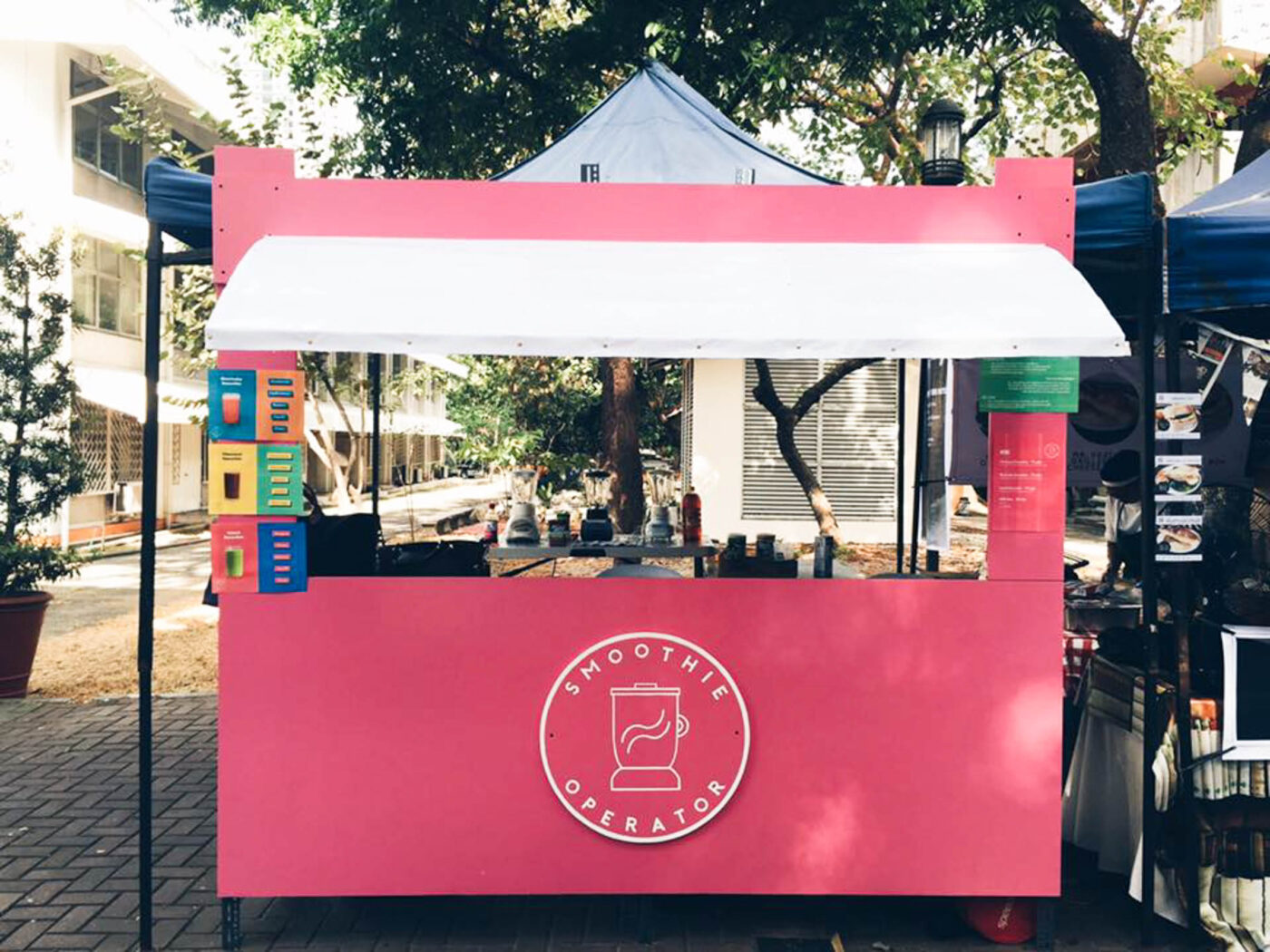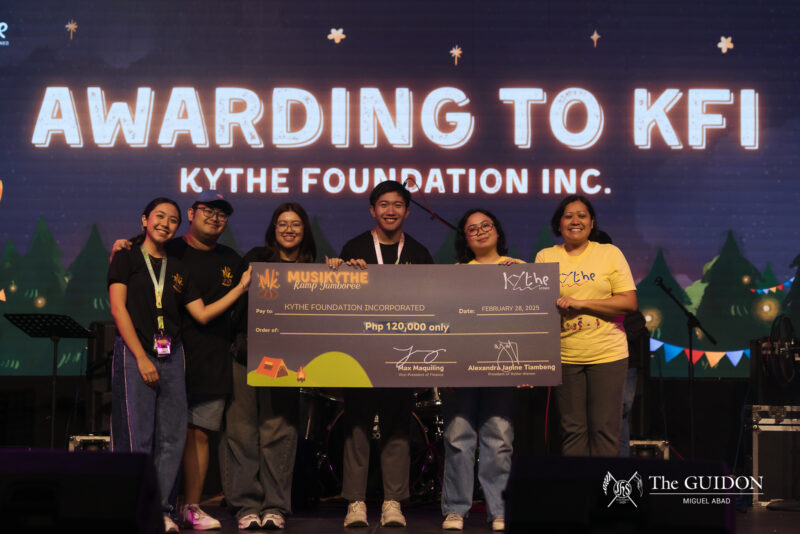STUDENT ENTREPRENEURSHIP in the Ateneo continues to thrive with the support of the John Gokongwei School of Management (JGSOM) and the Ateneo Management Association (AMA).
JGSOM forwards the growth of student-run businesses through various in-house centers such as the Ateneo Center for Social Entrepreneurship (ACSEnt), Ateneo Family Business Development Center (AFBDC), JGSOM Business Accelerator (SOMBA), and JGSOM Student Enterprise Center (JSEC).
According to their official primers, ASCent is a JGSOM initiative that encourages the growth of businesses driven by social causes while AFBDC “envisions itself as the premier learning resource for business families and family businesses in the ASEAN region.”
Meanwhile, SOMBA is “an 18-unit elective course for incoming senior students that accords them a Minor in Enterprise Development upon successfully completing the program over a period of three semesters.” JSEC, on the other hand, is the platform through which students can run a food business in the university for the span of one school year.
In an interview with The GUIDON, JSEC Coordinator Alyson Yap aired that the development of student enterprises has always been in line with the business education thrust of JGSOM.
“We are trying our best to create a complete entrepreneurship experience for the students in order to inculcate in the student’s mindset the importance of entrepreneurship in Ateneo’s overall goal of nation building,” Yap said.
Additionally, AMA President Winnie Batang said that AMA promotes the growth of student enterprises through projects that cater to student entrepreneurs’ specific needs. “AMA provides various opportunities for entrepreneurial learning and practice as the premier entrepreneurship organization in the Ateneo.”
Current state
Yap shares how student entrepreneurship is “strong every year,” citing the large number of students who apply for the JSEC Challenge, where the program’s participating businesses for next school year are screened.
Beyond the JSEC Challenge, he also mentioned how the curriculum mandates JGSOM students to take Leadership & Strategy (LS) 126 and LS 127, “where students are required to conceptualize and implement their own businesses.”
On the other hand, SOMBA Head Luigi Lagdameo believes that the culture of student entrepreneurship in the Ateneo is “healthy and thriving.”
He likewise pointed out the increasing popularity of the JSEC Challenge, as well as the membership growth of Ateneo Trade, which is an online platform where Ateneo students and alumni can buy and sell wares.
Moreover, AFBDC Director Ricardo Mercado presents a positive outlook for their program, which trains students positioned to inherit family businesses. Mercado disclosed that the AFBDC has an average of 20 student participants per semester.
Challenges
Despite the university’s efforts to extend support and training however, student enterprises in the university continue to face various challenges in setting up and running their businesses.
Lagdameo, Mercado, and Batang all cited finding a stable source of capital as a top challenge for student entrepreneurs.
In addition, Mercado, Yap, and Batang pointed out that students often encounter difficulty in sustaining the business in the long-term.
Mercado noted how “persistence in the idea” is a problem among student entrepreneurs nowadays, citing how it is a common trend to transfer to alternative investments if the business is not performing well.
He emphasized how student entrepreneurs should pursue their business ideas even if the “gestation period” takes long.
For Yap, sustaining JSEC stalls is problematic given low sales throughout the school year. He explains that many stalls anchored their operations during JSEC Challenge on “hakot” sales.
“JSEC stall owners are then stunned by this long-term commitment because I don’t think anyone can sustain the ‘hakot’ they did during the one-week JSEC Challenge,” he added.
On the other hand, Batang mentioned how businesses suffer following graduation since the students “still lack the courage to work on their businesses full time.”
Introspect to the future
In terms of prospects for the future of student entrepreneurship in the university, Mercado and Yap advocate for continuous diversification and innovation in the student-run businesses.
Mercado said that he envisions students to take a lead role in innovation efforts for their respective family businesses.
“We want [our students] to contribute to the diversification of their own family businesses,” he added.
On the other hand, Yap intends JSEC stalls “to be able to serve better food that will cater to the palate of Ateneo students.”
He said that he sees the enterprise center partnering with the Ateneo-Le Cordon Bleu Institute “in creating a program where stall owners will be able to formally learn different cooking methods, food safety concepts, menu and dish planning, and other topics.”
Meanwhile, Lagdameo and Batang emphasized the social aspect of establishing student enterprises.
Lagdameo said that SOMBA will eventually offer two tracks—one for social entrepreneurship and another for cultural entrepreneurship.
The social entrepreneurship track intends to “develop an enterprise that addresses a social issue” while the cultural track encourages businesses “that develop our social identity as a nation.”
Additionally, Batang stressed that students should “make their enterprises more socially relevant as to really make an impact.”







